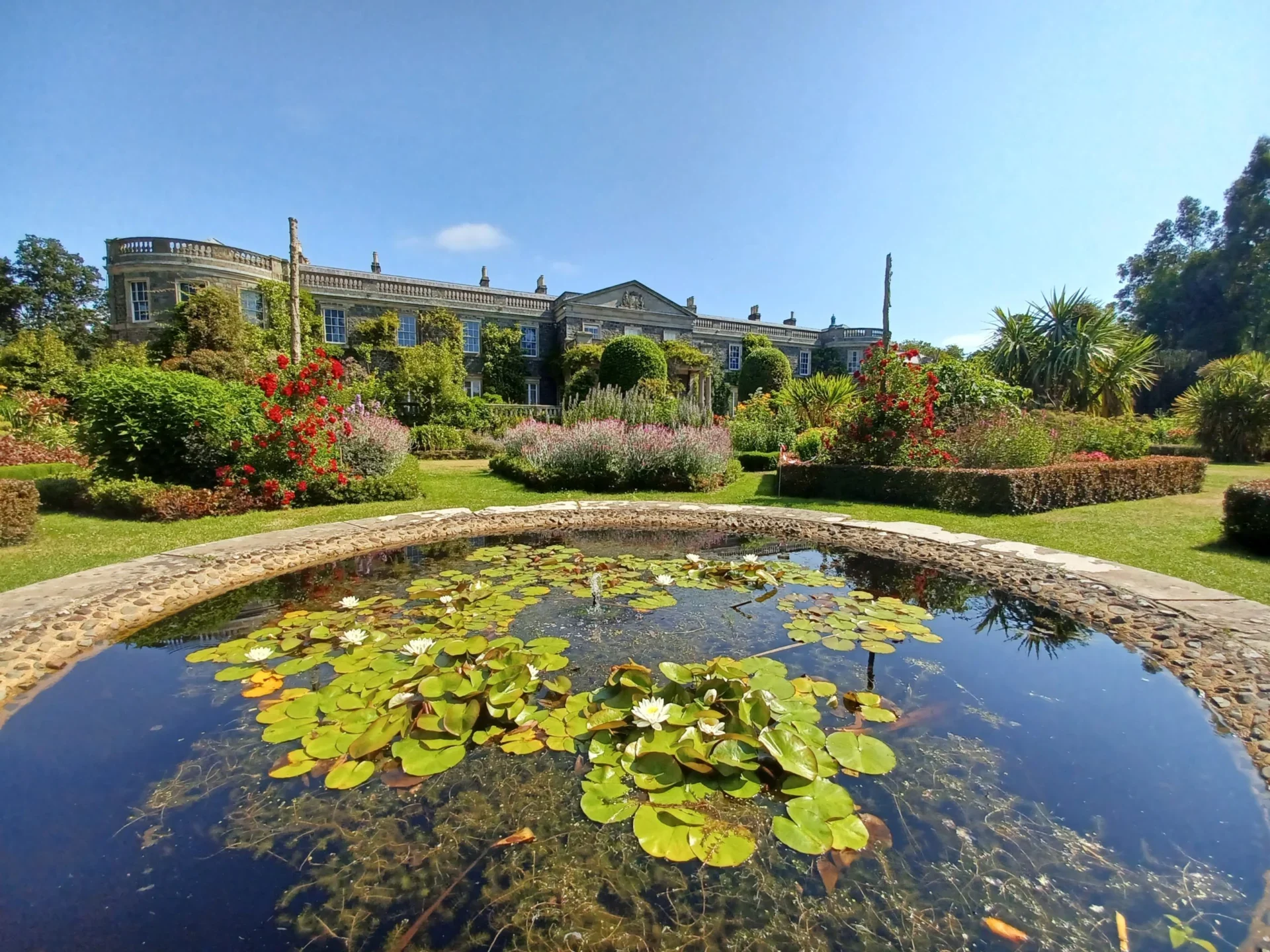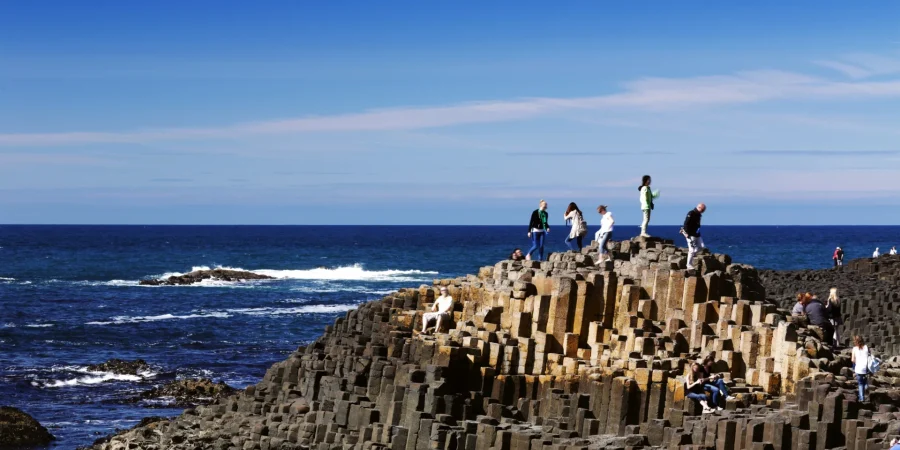Climate change is a threat to the special places we care about in Northern Ireland but the National Trust is adapting to changing weather patterns by addressing the damage caused by heavy rain, increased humidity, high winds, droughts, coastal change, rising sea levels to protect precious landscapes and historic houses.
Tackling climate change at Mount Stewart
The National Trust is monitoring and managing the many challenges brought about by climate change across 63 places and spaces covering 120sq kms of countryside and 200 kms of outstanding coastline in Northern Ireland.
This includes Mount Stewart Estate near Newtownards in County Down. It’s located on the shoreline of Strangford Lough so is increasingly affected by severe storms and rising sea levels.

National Trust manages 5,000 hectares of land and foreshore around Strangford Lough, including many islands and areas of farmland and woodland. It’s the largest sea lough in Britain and Ireland, it’s also a huge conservation site and one of only three marine nature reserves in the UK.
Watch the video to see the challenges faced by National Trust at Mount Stewart Estate or read all about it below.
Anne’s Point on Strangford Lough
At Anne’s Point on Strangford Lough, opposite Mount Stewart some of the land was reclaimed from Strangford Lough several centuries ago for farmland. About thirteen years ago Rivers Agency and National Trust breached (broke through) the sea wall to create Northern Ireland’s first ever managed realignment project, by allowing Strangford Lough to flow into this area resulting in a really good habitat for water birds in winter, lots of wildlife and a salt marsh is developing. The mudflats there and salt marsh lock in lots of carbon, so it’s fantastic in terms of reducing CO2 emissions which are causing climate change.
The sea plantation
The sea plantation at Mount Stewart has a really important role to protect the famous gardens from the lough and the salt spray that comes off the lough during storms. Without it the tender plants in the garden will get burnt by the salt.
National Trust are constantly monitoring the historic bank that protects the sea plantation from the lough as there are signs that it’s eroding. The danger is that if it continues, the salt water will affect the ground water in the sea plantation and that will impact what plants can be grown in the gardens as the ground water will become increasingly saline. This could also affect the structure of the historic mansion house.
The famous gardens
The gardens at Mount Stewart – among the top 10 gardens in the world, are not escaping the impact of climate change as there’ll be more intense periods of dry weather, drought during the summer and more periods of heavy rainfall during the winter. With climate change we’re going to see more humid conditions resulting in increased moisture in the air which may affect the collections in the beautiful 19th-century mansion house on the property.
Farmland
In 2014 when National Trust acquired the estate, about half the farmland had arable crops and ploughing this land resulted in carbon being released into the environment. A good deal of that land has been converted to herbal ley pastures which means that there is a lot less carbon being released which is better for the environment.
Strangford Lough
The storms and rising sea levels are eroding the islands on Strangford Lough which are internationally important for breeding sea birds – it’s also where seals breed and rest. As the sea levels rises, the islands will start to disappear and the mudflats will be permanently submerged, therefore there’ll be less habitat for the birds that spend winter here. So bird populations will start to decline and seals will lose their habitat.
Find out what others are doing to tackle climate change in Northern Ireland.



